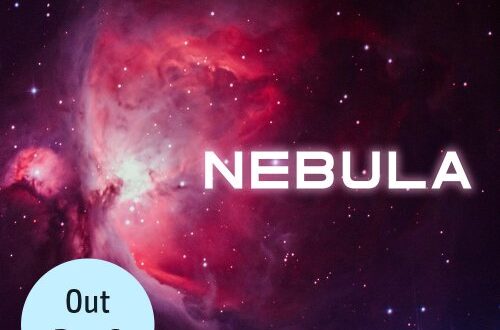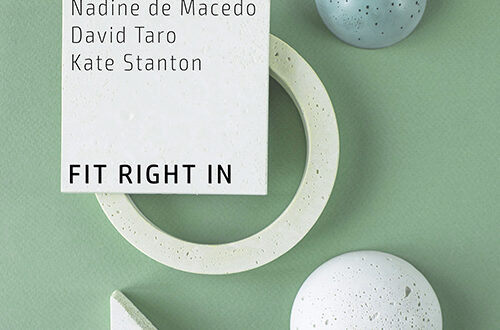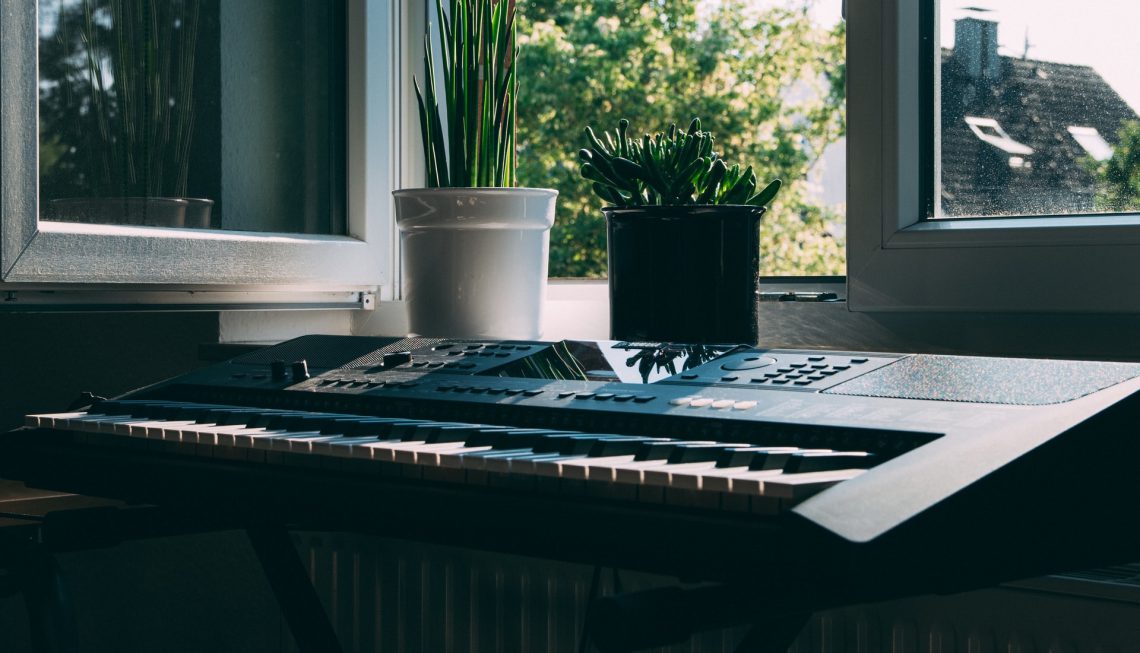
Writing songs in different genres
What are the differences in songwriting and music production in electronic and handmade music? It is impossible to write about all differences and ideas of all genres, so I’d like to stick to the ones I have the most experiences: pop, rock, metal and edm – and everything in between. Read this article, if you want to know some thoughts of a versatile songwriter and producer, who came from electronic music and jumped into handmade music.
The trouble with music genres
Some people guess that there might be a thousand different genre of music. Each has a certain instrumentation, feel, tempo or harmony. Some decades ago, putting songs into boxes was quite easy. Electric guitars indicated rock music; electronic music was all about synthesizers; blues was about a harmonic scheme, whereas pop became a synonym for catchy mid-tempo radio productions. These days are gone. Nearly every piece of music we listen right now is a mixture which cannot put into boxes. Still, we use genre classification tags for targetting a peer group and raising expectations.
Musical background in between the genres
Before having an in-depth discussion about the differences in genres, I’d like to give a brief overview about my musical background. Songwriting – creating harmonies, melodies and lyrics – has always been my delight. I started writing pop songs as a kid, but I was not able to play, sing or produce it. Piano has been my only instrument, which made it quite hard to compose full band arrangements. Instantly lacking of singers and guitarists, I started to produce electronic dance music. I learned how to deal with synthesizers, drum programming, automation, mixing and premastering, but it took years to make my dream of pop music come true. When I turned 16, I founded my internet band The Verge which has been my ticket to alternative rock and punk rock music.
Until now, I’ve tried about 40 different genres in between pop, rock, metal, electronic, ambient and blues. If somebody asked me what kind of music I make, I probably say “everything I like”. My music is constantly evolving and not always compatible with the mainstream. I still stick to a pop kind of structure, but sometimes I love messing up with people’s expectations.
Harmony
Independent of the genre, there are plenty of techniques to write good songs. Songwriters and composers may use scales and progressions from music theory, others create music during jam sessions. I usually have 80% of my song in my head when I start with a draft. After collaborating with so many people the past years, I figured out, that the harmonies are highly dependent from the instruments used.
The role of your songwriting instrument
For composition, the piano is my instrument of choice. C major and G major are the easiest scales for a pianist, but they are too bright for my songwriting. In my opinion, everything is quite okay to play, except for keys with double sharp notes and weird interval shifts. Therefore, I really hate to play in f sharp major and g sharp minor. Transposing a song into another key is cumbersome because I have to rewrite and learn all chords. If you don’t care about a real performance, most digital composition tools do that with one click. On the piano you have plenty of keys, so everything which can be played with ten fingers in two or three octaves is fine. Everything else needs skilled pianists.
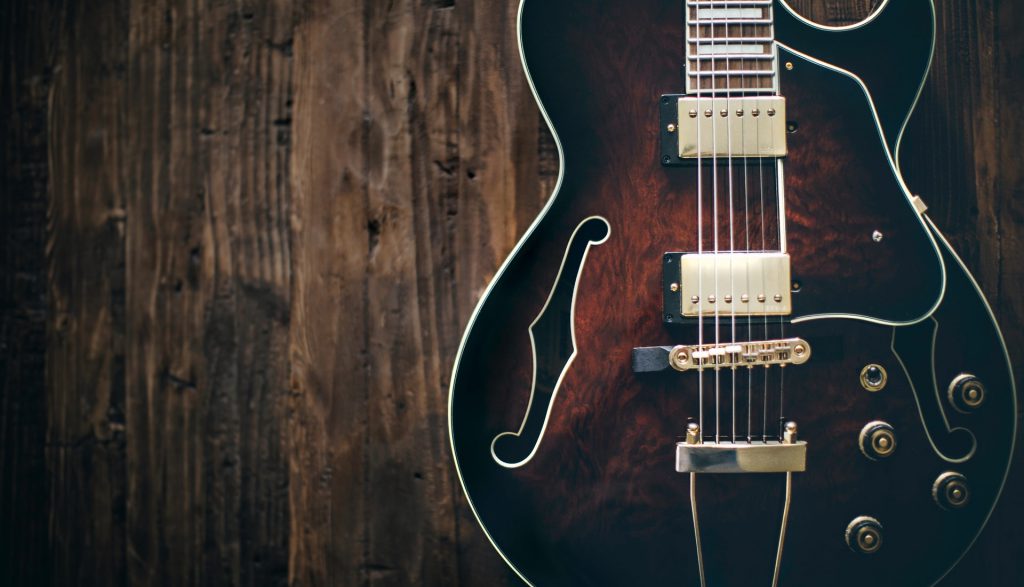
Practising guitar, I learned plenty of 6ths and 7ths chords that were much easier than on piano. They even sounded better! People coming from punk rock or metal prefer power chords, since they are easy to play and sound nice when distorted. As a pianist, I never came to the idea, because they sound pretty awkward to my ears. But I know plenty who use them. On guitar fronted songs, I noticed an excessive use of the keys e minor, a minor and d major, because they have plenty of easy chord positions.
Learning a new instrument, I realized that some melodies, that are super easy on piano can be very hard on the guitar. You easily forget about the fact that you only have 4 fingers to play a melody (except for two-handed tapping and people who play bass with the thumb). Guitar playing is a lot about fingersets – and bass, too.
I envy guitarists for a tool called capodaster. It is a device you mount onto the guitars to shorten all strings at the same time and transpose keys. Thus, you can play chords in a different key than it sounds! I wish there was a tool like this for the piano!
Woodwinds and brasses have a very limited range. If you want to write song for orchestras, you have to keep that in mind, and optimize the key or arrangement. Sometimes it’s better to use instruments with a different tuning or range. Speaking of this, violins, mandolines and ukuleles do not use the same tuning as guitars, eventhough they are stringed instruments!
Sometimes, the choice of the harmony and chords is also limited due to technical reasons. You may write epic orchestral music hitting 16 keys at a time, which just doesn’t sound good on fat EDM synthesizers. Not every chord and inversion is performable on every real instrument.
Lyrics
You can write songs about everything, but certain genre have special tastes. You may not find dance music about the joy of eating. Their lyrics are mainly about love, party, despair, loss, nature or a certain feeling you have right here, right now. I don’t know why singer-songwriter and country musicians write so much about their personal lives or the cities they’ve grown up. You may find these topics in pop and rock music, too. Punk rock lyrics contain a lot of irony and political statements due to the cultural background. The good side: Love is everywhere, no matter which genre.
Despite the topics, the rhyming schemes and phrasings can be very different. I noticed, that stanzas with three lines and plenty of redundancies are quite okay in EDM music but a no-go in most handmade music. The more you drift into punk or grunge the shorter and straightforward the lyrics become. Use the right words and let the rhythm give the final punch. I figured out that hip hop and rap lyrics are really hard to write due to their double and triple rhymes. You may think a lot about the emphasis of each word. Pop is just somewhere in between. You can write about everything, but it has to have the right feelings.
Arrangement
Of course, arrangement is the main difference in all the above stated genres. Choosing the right instruments is the one thing, but the structure is important too. Most songs need a climax and a drop to be listened to the very end.
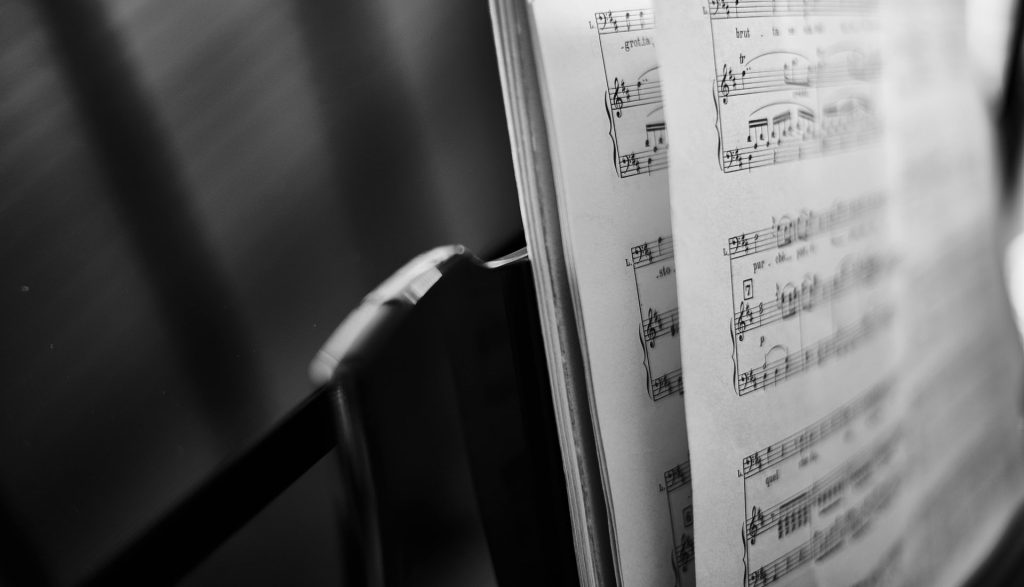
Layering and complexity
Coming from electronic dance music, I was used to layering basslines and synthesizers. The melodic complexity of the arrangement decreased, but the amount of tracks stayed the same. It seems like you have to group at least four synthesizers for that aggressive main synthesizer.
When I started producing pop and rock music, the arrangements were quite small. I counted a roundabout 12-20 tracks, basically, recording each instrument twice. A typical five-member-band may have 40-100 tracks in today’s arrangements. I guess one third of it are only vocal recordings for layering, and about 10 tracks are only drums. But the thing that surprised me the most, was the heavy amount of tiny blips you won’t spot in the final recording. I only knew this technique from electronic music – so how did it come into rock?!
Song structure
The arrangement of parts also changed a lot. I still remember the days were dance music was written in an VCVC (verse, chorus, verse, chorus) structure, now it’s more VVDCC due to the heavy drops (denoted as D). Despite of progressive genre, the song length decreased from 6:30 – 11:00 to 2:00 – 2:30. Bridges are quite unusual in electronic music, it’s all about the drop and the hookline (chorus melody).
The song length of pop and rock music also decreased. I grew up in the late 90s and 00s where the radio station played 4:30 rock songs. The standard may be around 3:00 – 3:40. Inside this length some typical patterns evolved. You may know VCVCBC (verse, chorus, verse, chorus, bridge, chorus) or CVCVBCC (chorus, verse, chorus, verse, bridge, chorus, chorus) best, but the bridge is endangered due to the decreasing song length. Funnily, pop music of the current decade stole the idea of the drop from electronic music. You may come across structures, where the bridge or pre-chorus is replaced by a drop, a complete change of the sounds of melodies.
The more music you listen, the more you internalize its structures of different genres.
Sounddesign
Nearly every EDM producer speaks about sound design. Creating new sounds with cool synthesizers, massive layering and stacking is quite common there. If you hit the nerve, everybody wants to know how you did this or copycat. I just noticed that pop music is dealing a lot with sound design these days. The more electronic and modern parts of rock music do a lot with synthesizers, so they also use a lot of sounddesign.
I also came across some guitarists and bassists who utilize sounddesign in rock and metal music by tweaking their amps and pedals. The effect chain on electric guitars can become complex. There’s also EQ, compression, delay, flanger, yes even a bitcrusher. I never expected all these effects inside an amp or amp simulation, because I knew those from electronic music.
Synthetic music and rock are more alike than you think! It seems like both learned from each other by combining the very best methods.
Mixing
I learned mixing and mastering on electronic music. This made a huge difference because my workflow of setting EQs and dynamics is completely different from people who grew up with acoustic music. I also noticed that people who record “real instruments” care a lot about recording quality and preamps to achieve a natural sound. Digital clones of vintage equipment are on their way!
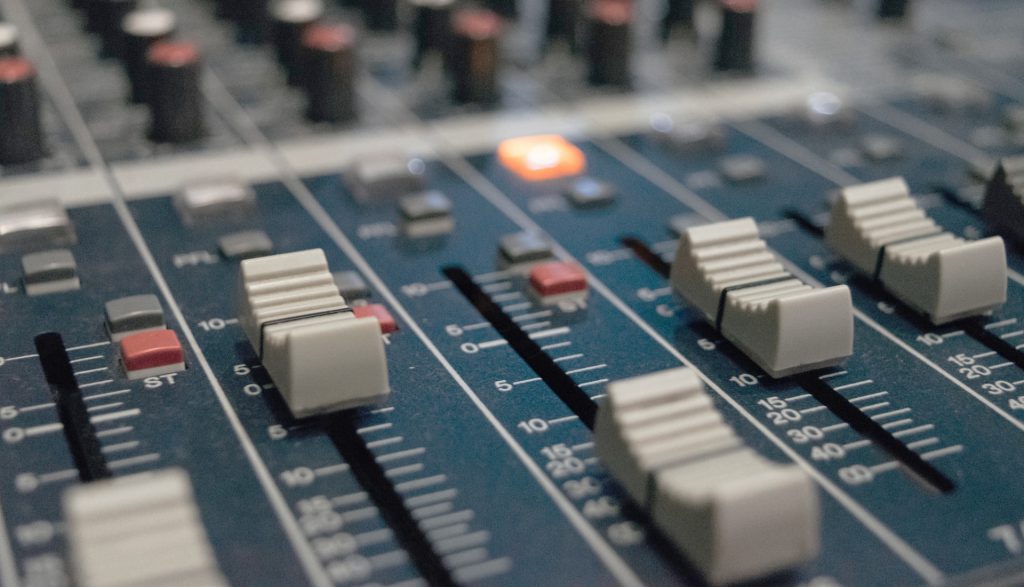
But the largest difference I spotted in between all those genres were special effects like delay, reverb, stereo enhancement etc. I feel like electronic musicians do a lot of sound design here instead of going deep into physics. Just take a look into the reverb settings. Some trance vocals may be recorded inside a cathedral of glass to sound like this! These are topics I have to learn anew.
Genres are more alike than you think!
No matter where your musical roots lie, it is time to overcome these borders. The mixture of genre did not only lead to interesting innovations – it changed a lot in the arrangement and sound design. Guitarists shall embrace the variety of effects that came from electronic music – And electronic musicians may learn a lot from analogue vintage gear.
I don’t feel like there’s “right” or “wrong” in any genre, there are only habits and techniques which are only shared inside a certain peer group. Playing around with all these different structures, melodies, effects and topics opens up a large space of possibilities. So, why should you bother matching the expectation of the crowd?


